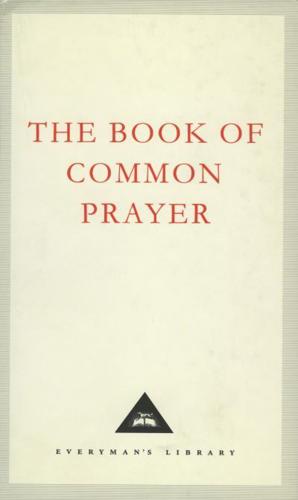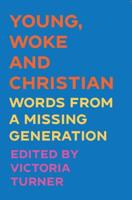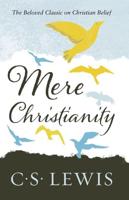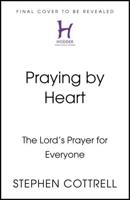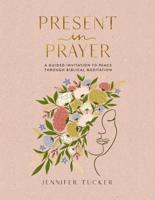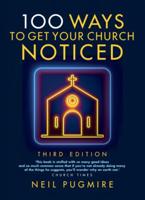Publisher's Synopsis
The plays of Shakespeare, the Authorized version of the Bible and the Book of Common Prayer, all produced in the late 16th/early 17th centuries, are the three dounding texts of the English nation and its language. Not only do they share a beauty and a power of style which have never been equalled: their influence on Anglophone culture remains profound. Originally produced by Archbishop Cranmer and his allies to bolster the Tudor secession from Catholicism, the Pray Book rapidly took on a life of its own. Until the present century, most Anglicans knew long stretches of the text by heart. It invaded the style of 17th-century p oets and even 19th century novelists like George Elliot. It still colours our language and our way of feeling today, though we hardly know it. In recent years the Prayer Book has been under attack by modernizers and radicals within the church itself. On the 450th anniversary of its first appearance, the time has come to proclaim the value of this work once more and to recognize it for what it is: a liturgical and literary masterpiece.
